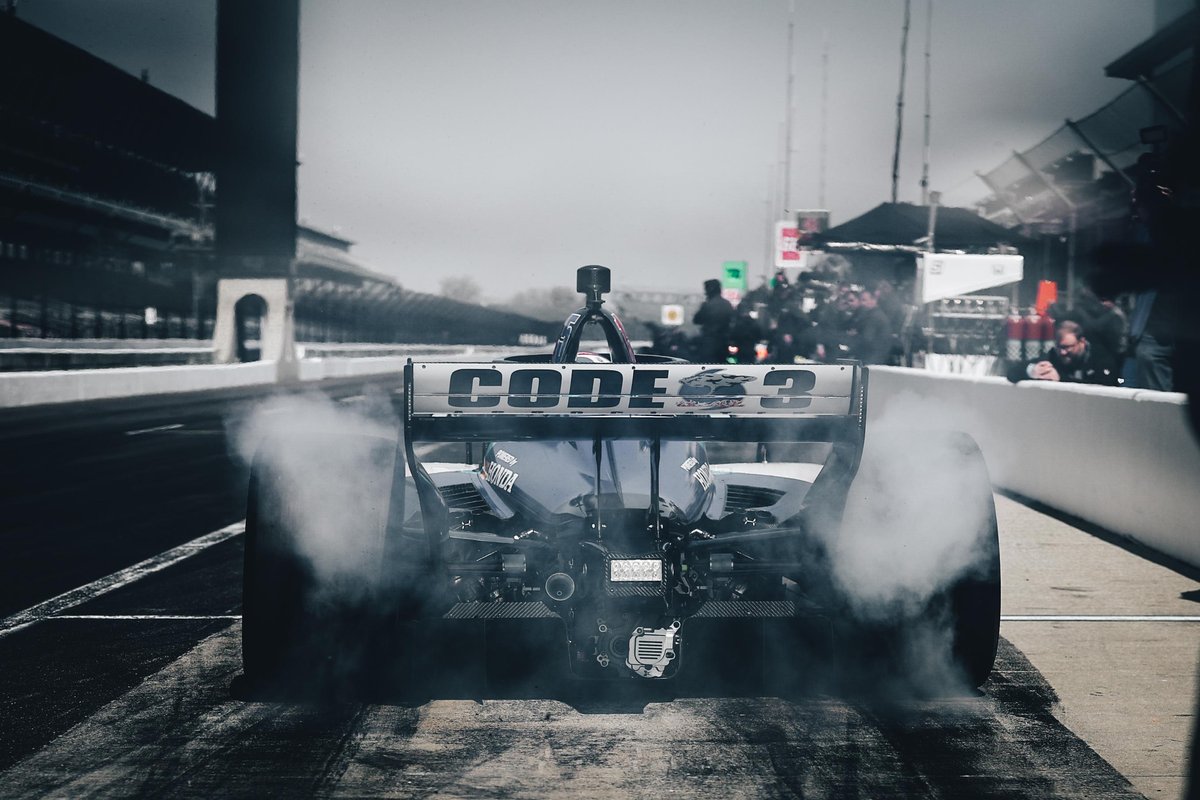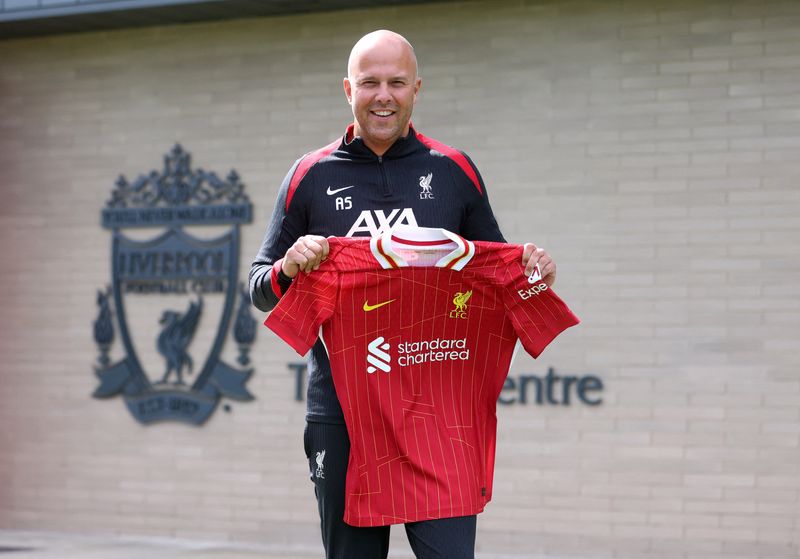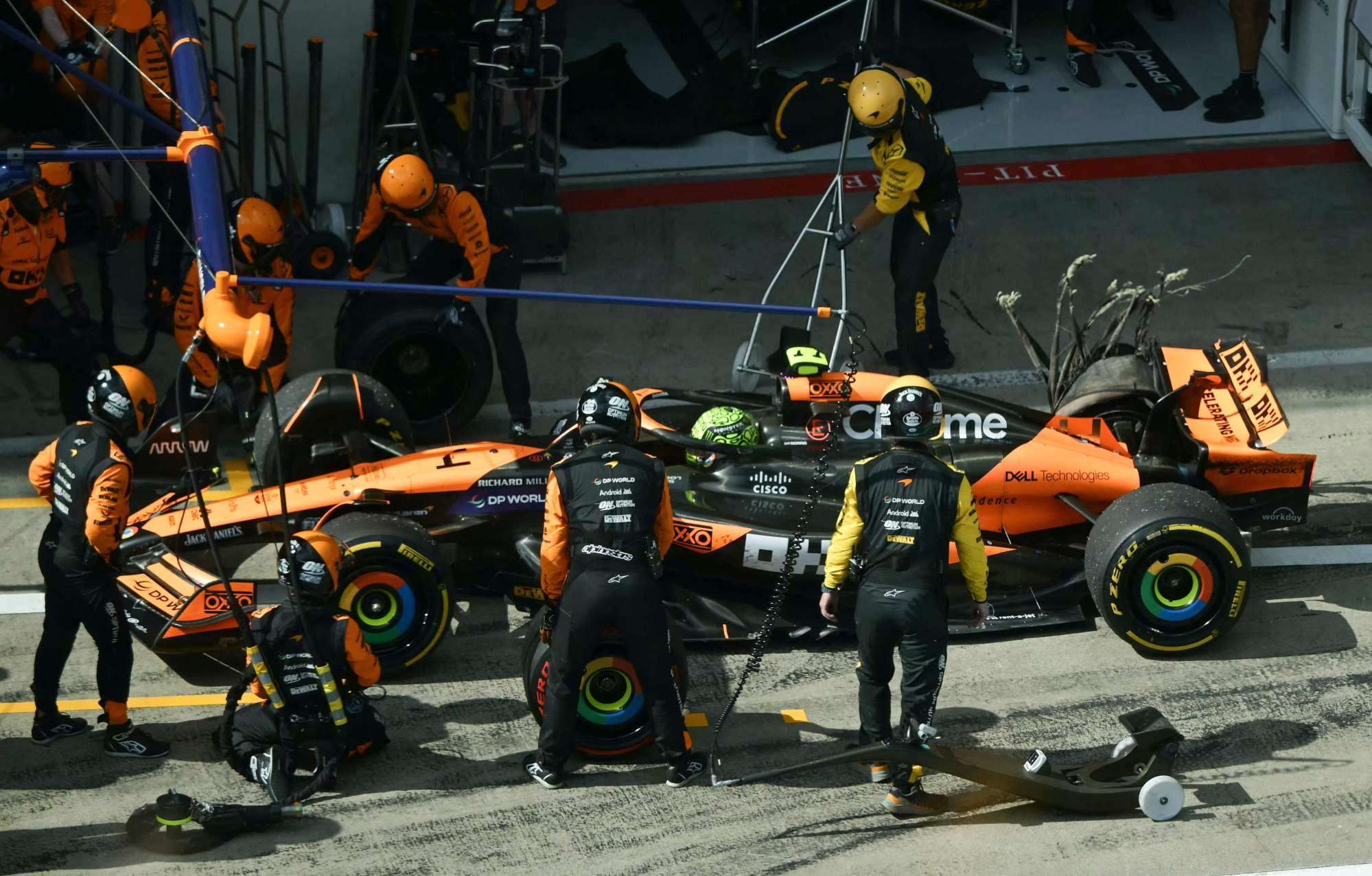
INDYCAR’S INCOMING ELECTRICAL HYBRID ENGINE SYSTEM EXPLAINED
The IndyCar Series ushers in a new era in this weekend’s round at Mid-Ohio with the midseason release of its hybrid engine, which was a collaborative effort between Chevrolet and Honda.
The current 2.2-liter, twin-turbocharged V6 internal combustion engine – a stalwart in North America’s premier open-wheel championship – remains in place.
But, from this weekend’s event, it is paired with an electrical low voltage (48V) Motor Generator Unit (MGU) and a 320 Kilojoules-per-lap supercapacitor Energy Storage System (ESS) – both of which fit inside the bellhousing located between the internal combustion engine (ICE) and the gearbox – to make up this first-of-its-kind IndyCar hybrid unit.
IndyCar Hybrid unit: Energy Storage System on top; Motor Generator Unit below
Photo by: Honda
How the IndyCar hybrid system works
The MGU and ESS are two of the four major components that make up the Energy Recovery System (ERS), which weighs 42.5 kilograms and also includes a DC/DC converter and a Voltage Control Device.
Produced by Honda Racing Corporation USA (HRC), the ESS comprises 20 supercapacitors – designed by Skeleton – that store the energy that is harvested by the MGU until deployed by the drivers.
The decision behind using a supercapacitor over a battery (such as that used in the IMSA SportsCar Championship’s GTP class) was due to its ability to capture and deploy energy faster. The ESS – operating with a maximum operating voltage of 60V and 2,000 Amps – is able to fully charge and deploy in 4.5 seconds.
And that is where the MGU, produced by EMPEL in collaboration with Chevrolet and Ilmor, comes into play as it captures the energy produced under braking and then turns it into electricity to be stored in the ESS.
Operating at a maximum of 12,000rpm, the MGU is also linked to the driveshaft of the engine, which allows the driver to deploy harvested energy for up to an additional 60 horsepower. When combined with push-to-pass on road courses and street circuits, a driver can receive over 120 extra horsepower.
IndyCar Hybrid's MGU
Photo by: Honda
Developed by Brightloop, a company based in Paris, France, the DC/DC converter is located at the back and makes certain that the energy from the ESS or MGU is output at the proper voltage – 12V – for the current powertrain.
“Normal car electrical systems are 12 volts,” said HRC President David Salters, via a hybrid tech series episode on the Honda Racing US YouTube channel.
“This [DC/DC converter] takes these 60V, 40V, 50V, whatever it is – because it is constantly going up and down – and it gives it a nice stable 12V into the brain of the car, MGU, all that sort of stuff stays at 12V.
“That’s why it’s called DC-to-DC; one voltage for another volt. … Normally these things are two or three times bigger, but the size and packaging is at a premium, so this is bespoke-made for us.”
In what is more less an oversized fuse, the Voltage Control Device is a safety component that moderates the system, so it never exceeds 60V.
The components link with the Engine Control Unit (ECU), the McLaren Applied-provided TAG-400i, with additional software set to be used to safeguard the correct synchronicity between the ERS and the Chevrolet and Honda engines.
IndyCar Energy Storage System's supercapacitors
Photo by: Honda
How this all comes together to work on the racetrack is when the ERS captures energy generated under braking and uses it to charge the ESS’s supercapacitors, a process known as regeneration.
A driver can manually control this power regeneration process, or it can be automatically moderated by technology. Under the automatic regen, the software will dictate the set level of regeneration that will occur, while the manual procedure will allow a driver more control over the level of energy harvesting.
A button on the steering wheel activates energy harvesting at a set rate, while pulling a paddle on the rear of the steering wheel changes the amount of regeneration.
Additionally, the deployment of the energy stored in the ERS is activated manually by the driver via a button on the steering wheel. The amount of energy stored per lap will vary by track length and type.
“There’s a few ways to regen,” said Salters. “The driver can either do it in a fully manual way using clutch pedals, so they linearly increase the regen as they come into a corner or whenever he/she wants.
“Or it can be done in software where it looks whether he/she lifted off the throttle and has thresholds that says start regening, or there’s another mode where it looks at brake pressures and looks at thresholds and starts regening.”
Sting Ray Robb, AJ Foyt Racing, at Indianapolis Hybrid Testing
Photo by: Penske Entertainment
How the IndyCar hybrid system works on ovals
Although this process will be primarily focused on the road courses and street circuits, it will also be employed on IndyCar’s high-speed oval tracks.
How it will work on ovals, such as the Indianapolis Motor Speedway, is through lifting off the throttle when drafting, in which regeneration will occur. Then the driver has the ability to deploy the extra energy boost when in the buildup phase of executing a pass.
“As you come up on a car on a big oval, the drivers do lift as they get into its draft,” said Salters. “On a short oval, they are lifting and accelerating all the time, so that all gives scope to regen.
“The drivers can decide how much to regen, so the next time they draft up to the car in front they can deploy and go past.”
The current maximum output of the hybrid is 60bhp, but there is the potential for the system to be upgraded to produce more depending on the requirement from IndyCar and its two engine suppliers. Additionally, the ERS generates 45 Newton-meters of torque.
Marcus Ericsson, Andretti Global, at Indianapolis Hybrid Testing
Photo by: Penske Entertainment
“The driver has control of the state of charge,” added Salters. “That can go from 100% to 0%, which is 60V to 30V.
“There is a lot of energy coming and going here, which needs to be looked after, so we have to cool the supercapacitors and electric motor via a cooling system (an extra pump and radiator) that keeps them in an optimized state in terms of temperature.”
Another benefit to the hybrid unit is the driver now having the ability to start or restart the car without assistance – which comes courtesy of the ERS – to limit cars being stalled and bringing out full-course cautions, also reducing the risk for safety workers responsible for attending to stalled cars.
In this case, the ERS will always have enough energy in reserve – even if a driver’s state of charge is 0% – to allow multiple engine restarts when needed.
Honda power unit, Indianapolis Hybrid Testing
Photo by: Penske Entertainment
The engine was initially paired and tested with hybrid power in August 2023 at Sebring International Raceway, and has since seen 30 drivers log 25,921 miles over the past 10 months.
Other test venues varied from ovals such as the Indianapolis Motor Speedway (IMS), Milwaukee Mile and Gateway, with sessions on road courses also taking place at Barber Motorsports Park, Homestead-Miami Speedway, IMS and Road America.
Read Also:











